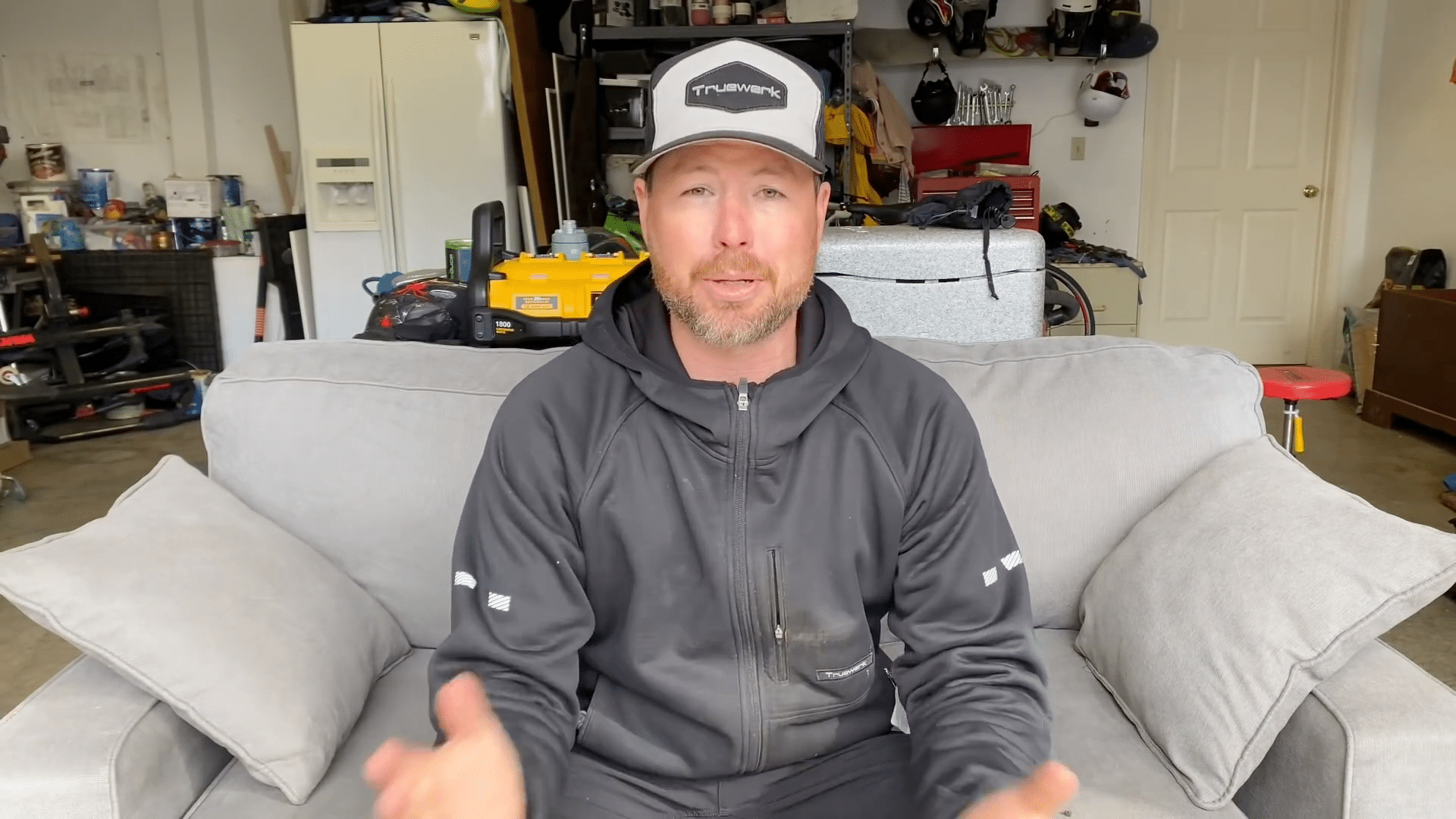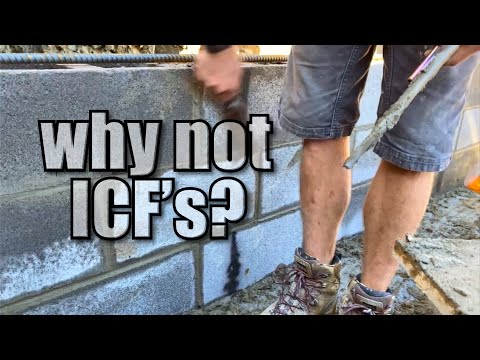Optimal Material Selection for Basement Construction: Insights from Perkins Enterprises
Home » Structural » Foundation »
Choosing the Right Materials for Basement Construction
When constructing a basement, the choice of materials can significantly impact both the building process and the future maintenance of the structure. Perkins Enterprises, a residential home construction company, has extensive experience in this area. They often opt for traditional block construction over other methods due to various practical considerations, despite the availability of modern alternatives like Insulated Concrete Forms (ICF).
ICFs are praised for their insulation benefits and structural integrity, consisting of foam blocks that are stacked and then filled with concrete. However, despite these advantages, they are not always the ideal choice for every situation. Factors such as local availability, cost, and specific regional challenges like pest control can influence the decision-making process.
The Challenges of Using Insulated Concrete Forms
One of the main reasons Perkins Enterprises prefers block construction is the difficulty in securing services such as concrete formworkers on short notice. In their region, booking these specialists can require a lead time of four months, which is often incompatible with the company’s project timelines. Although ICFs present a seemingly straightforward DIY-friendly option, they have not become the standard choice for Perkins due to a critical issue related to termite prevention.
Another significant deterrent is the cost. ICFs, while offering long-term benefits in terms of energy efficiency, initially require a higher investment compared to traditional block. This cost factor, coupled with other logistical issues, makes block an attractive option for many of Perkins’ projects.
Termite Treatment Complications with ICFs
In Western North Carolina, where Perkins operates, there is a particular challenge with using ICFs that has led to their cautious approach to this building method. Local termite treatment services are hesitant, or outright refuse, to work with structures built with ICFs. The reason lies in the foam component of ICFs, which can potentially harbor termites without detectable signs of infestation.
Termites can infiltrate the foam insulation used in these forms, making their way into the wooden parts of a structure undetected, as they leave no visible tubes or marks that are typically used to diagnose an infestation. This characteristic makes it difficult for pest control professionals to guarantee effective treatment, leading them to decline services to homes with ICF foundations. This is a significant drawback as having a termite treatment plan is essential for passing final inspections and securing project completions and payments.
Real-Life Implications and Contractor Dilemmas
The implications of this issue became personally relevant to Eric Perkins, co-owner of Perkins Enterprises, after purchasing his home, which features an ICF basement. When he attempted to arrange for termite retreatment, the pest control experts inspected the property but refused to offer their services, citing the inability to ensure comprehensive pest eradication due to the ICF construction. Their refusal remained firm even after Perkins proposed a no-contract, cash payment deal emphasizing his understanding of the risks involved.
This situation highlights a dilemma for contractors and homeowners in areas where ICFs pose similar challenges. Despite the benefits, if the local infrastructure in terms of pest management and other maintenance services isn’t adaptable to newer technologies, it can limit the practicality of advanced building methods like ICFs.
Adapting Building Practices to Regional Challenges
The experience of Perkins Enterprises underscores the importance of considering local conditions and service availability when choosing construction materials and methods. What works in one region or for one contractor might not be suitable in another scenario due to various external factors like climate, pest populations, and industry practices. This insight is crucial not only for other builders and homeowners who might be considering ICFs but also for those facing similar regional-specific challenges in construction.
As the construction industry continues to evolve with new materials and methods, the adaptability of associated industries, such as pest control, will play a critical role in determining what methods become standard practice in different regions. For those in the construction industry or considering building projects, staying informed about both the benefits and limitations of new technologies will be key to making the best choices for their specific circumstances.



